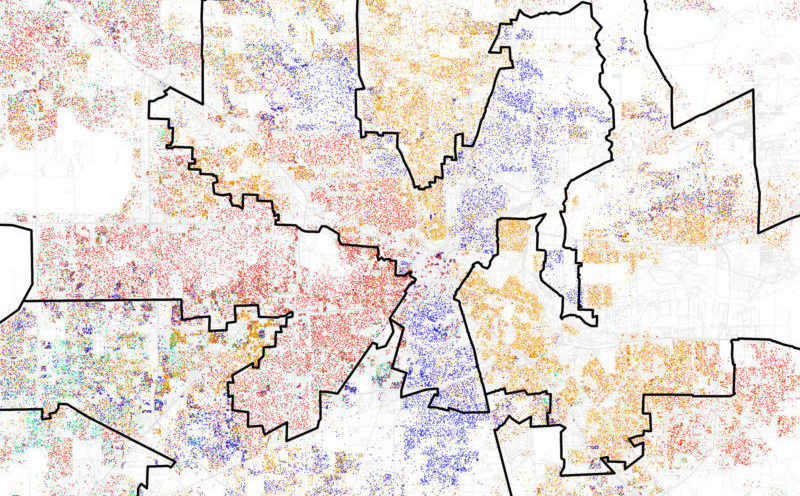For the first time in more than a decade, the Supreme Court will take up a case questioning a common practice U.S. lawmakers use to draw political maps: gerrymandering.
The court announced Monday that it will consider whether district lines drawn by Wisconsin’s Republican-controlled legislature in 2011 put Democratic legislators at a disadvantage.
Earlier this year, a federal appeals court struck down Wisconsin’s maps, saying they were so partisan that they violated the First Amendment and equal rights protections in the Constitution.
Rick Hasen, a professor of law and political science at the University of California, Irvine, says when the Supreme Court last tackled partisan gerrymandering in 2004, the justices could not agree on a test to evaluate the issue.
Texas lawmakers will likely closely follow the case, as it could have implications in the state, which has its own redistricting case. In March, judges ruled that three of the state’s 36 congressional districts were illegally drawn to intentionally discriminate against minorities. A San Antonio federal court is set to hear arguments in July.
Hasen says that unlike Texas, where partisan and racial gerrymandering often overlap, this isn’t the case in Wisconsin.
“The number of Democrats and Republicans is about the same, but the state assembly leans heavily toward Republicans because of how the lines were drawn,” he says. “The question is whether that went too far and whether the courts need to intervene to try to create some equality between the two parties when in fact, they are pretty equal in the state of Wisconsin.”
Hasen says although the case does not address issues of race, the ruling will still be relevant to Texas lawmakers.
“Every time Texas is accused of racial gerrymandering, they come back and say, ‘no, no it’s a partisan gerrymandering,’ as though that’s a defense,” he says. “And the question in this case is maybe that’s not a defense, maybe that’s a constitutional violation in and of itself.”
The Supreme Court will likely hear the case in November or December 2017, and a ruling will be made by June 2018.
“If the court indeed finds a partisan gerrymander, we’ll get to the question, will those [Wisconsin] districts be redrawn in time for the 2018 elections or will it be kicked to 2020?” Hasen says.
Written by Molly Smith.

















